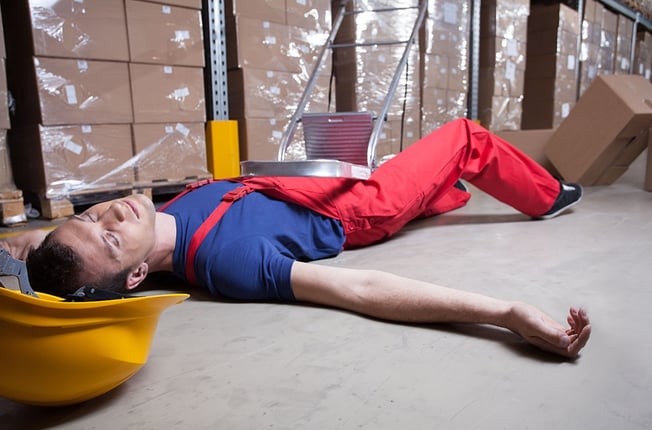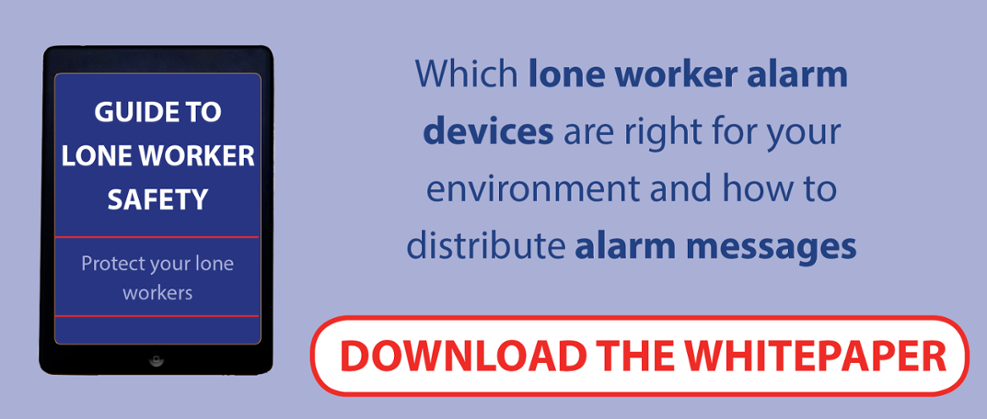
Developments in the field of lone worker safety are occurring all the time, and the state of lone worker safety has undergone significant changes in the past year. This article helps managers to understand the ways in which fines are now being applied for companies that fail to provide adequately for lone workers' safety. In addition, it provides an introduction to some new types of technology that can help to enhance the safety of lone workers in the present day.
Fines and penalties associated with failings in the field of Health and Safety for lone workers
As of February 2016, new guidelines were brought into force by the Sentencing Council. Representing a partnership between the HSE and the Crown Prosecution Service, these guidelines have the effect of increasing the severity and the frequency of the penalties applied to companies that do not keep their employees safe at all times. This includes lone workers. As long as reasonable and reliable evidence can be built up, it is to be expected that negligent companies will be prosecuted if a lone worker is injured or killed in the workplace. When deciding on the severity of a penalty, the CPS will take into account the level at which the company is culpable, the level of harm that was suffered by the worker in question, and the financial information relating to that company (for example, their annual turnover). Moreover, the guidelines have further stipulations for companies to follow - for example, they state that if a company employs more than 5 workers they need to make their risk assessments and accident logs publicly accessible.
Recent case studies that demonstrate the new penalty system in force
Many managers are already aware of a high-profile case from Hemel Hempstead which involved a lone worker crushed in a milling machine, resulting in their death. As a result, there was an investigation and the company that the worker was employed by was found to be negligent - this company was fined £1 million at Lincoln Magistrates Court. A more recent case hit the headlines in December 2017 when Brent Council was fined £100,000 for its negligence with regards to the safety of lone workers. Two social workers, employed by the Council (pairs of workers in a remote or dangerous location also fall under the definition of 'lone workers') were assaulted by the mother of a child that they had come to check up on, resulting in substantial injuries. These are just two of the hefty penalties that have been acting as a deterrent to negligent companies over the past couple of years.
Enhancing safety for lone workers using technology
The HSE and the Sentencing Council (in the Guidelines cited above) both recommend a holistic portfolio of measures to tackle problems with the safety of lone workers. These include:
- Providing adequate training to all staff - both managers and lone workers in their teams - to ensure that risks can be assessed and neutralised effectively
- Identifying situations when it is simply not appropriate to have workers carrying out their tasks alone
- Providing technological systems that are able to monitor lone workers in real time, and log any incidents as they occur
Two-way communication devices are increasingly being used to enable communication between lone workers, their managers and team. Monitoring systems can also be set up to monitor lone workers remotely, and to automatically raise the alarm with their colleagues should they have an accident and are in need of immediate assistance. Alarms can also escalate if no one responds or closes down the alarm within pre-determined parameters to ensure help always arrives in a timely fashion.
Look after your lone workers - and avoid the new larger penalties - with the right technology
Our lone worker alarm solutions are a practical and user-friendly way of ensuring that your lone workers can complete their tasks without being exposed to avoidable dangers and risks. We also provide comprehensive training and instruction for all users of our alarm systems, and we are happy to tailor your system so that it can be integrated perfectly into your company's existing health and safety plan.





